Introduction: Sensor Faucets & Dispensers as Building Infrastructure
This introduction frames a 50‑page report for AEC teams on integrating touchless kitchen/bath fixtures and soap/sanitizer dispensing systems. It emphasizes performance, design cohesion, and maintenance logistics in high‑traffic and residential‑scale applications, with audience notes for academics, product marketers, and interior design professionals.
From Convenience to Critical Path
Touchless fixtures now carry programmatic weight. In commercial washrooms and residential kitchens alike, sensor reliability, finish durability, and service access affect daily operations and user trust. Product ecosystems range from consumer‑grade kitchen faucets to spec‑grade dispensers with coordinated faucet families—each with implications for codes, commissioning, and lifecycle cost.
Two trajectories shape the market: (1) kitchen‑centric, consumer listings that emphasize convenience features (e.g., LED temperature cues, pull‑down sprays) and (2) commercial dispenser platforms that optimize refill labor, dosing accuracy, and vandal resistance. AEC decision‑making should reconcile both when projects span public and staff‑only zones or mixed‑use developments.
Scope of This Report
- Performance & Reliability: Sensor modality/latency, dosing repeatability, duty cycles, ingress ratings, telemetry options.
- Design & UX: Coordinated finish families, intuitive sightlines to sensors, pull‑down ergonomics, ADA reach ranges, spray/noise management.
- Sustainability & Opex: Bulk‑soap vs. cartridges, auto shut‑off, flow optimization, refill frequency, battery vs. AC trade‑offs.
- Integration & Commissioning: Rough‑ins, countertop penetrations, power routing, baseline settings, O&M workflows, spares.
Relevance to Project Phases
- Programming & SD: Map fixture counts, traffic modeling, refill logistics, custodial routes, and kitchen workflows.
- DD: Select families and finishes; verify mounting heights/clearances; coordinate power and splash zones.
- CD: Lock model numbers, flow rates, soap specs/viscosity windows, and control logic; include O&M and spares.
- CA & Commissioning: Calibrate sensors/dosing; document baseline settings for turnover; train staff.
- Operations: Track consumables and battery cycles; implement preventative maintenance to preserve warranties.
Audience Notes
For Academics (Building Science/Public Health): Pair contact‑event reductions with measured water/soap profiles and maintenance data across typologies.
For Product Marketing (Manufacturers/OEMs): Connect UX and finishes to measurable outcomes—labor saved, refill cadence, verified user satisfaction.
For Interior Designers: Maintain cohesive material palettes while preserving sightlines and intuitive interaction zones; consider lighting that clarifies sensor feedback.
How to Use This Document
- See Technology Overview for sensing/power/dosing comparisons.
- Use the Specification Playbook to convert goals into submittal language.
- Reference Design Patterns for ergonomic, accessible layouts.
- Adopt O&M Checklists to sustain performance and warranty terms.
Forward Look
Expect continuing convergence between consumer convenience features (LED feedback, motion activation, pull‑down ergonomics) and commercial requirements (centralized refilling, dosing control, vandal resistance). The rest of this report turns these signals into specifications, details, and O&M practices that help AEC teams deliver hygienic, efficient, and cohesive spaces.
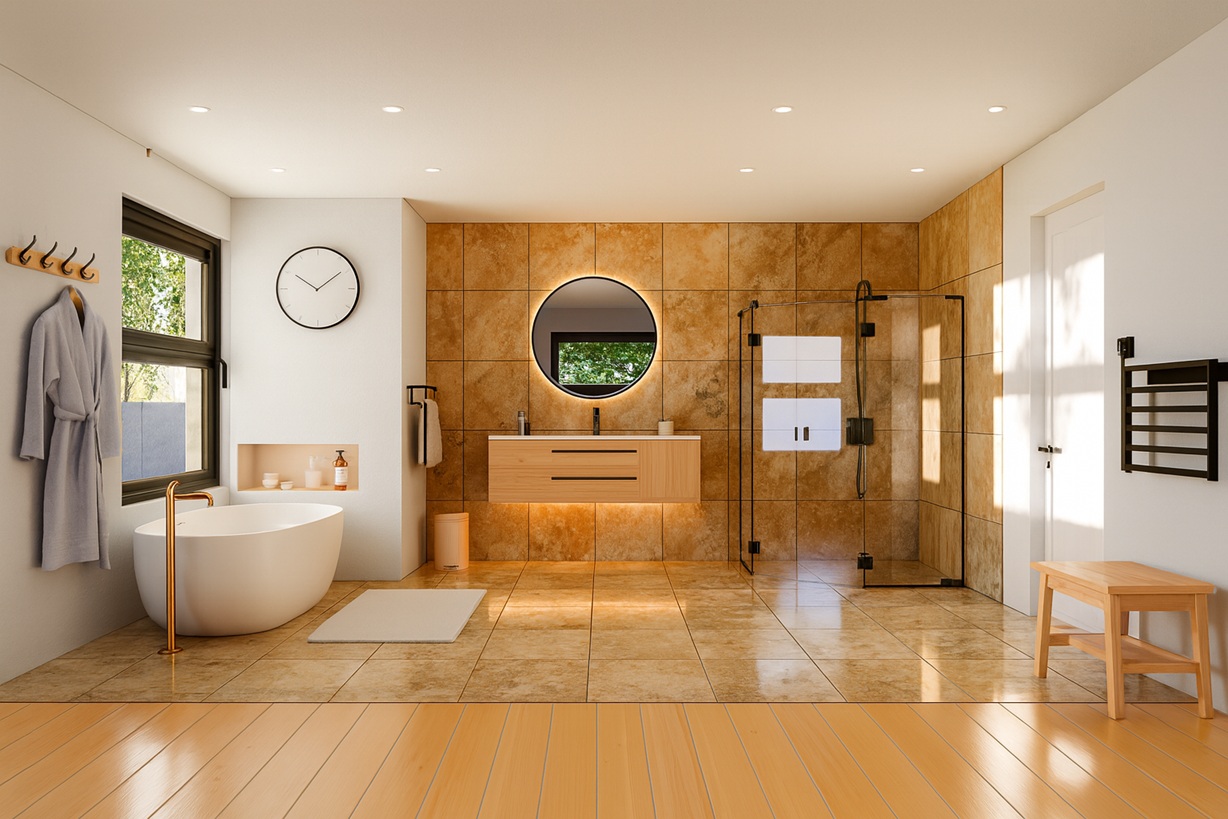
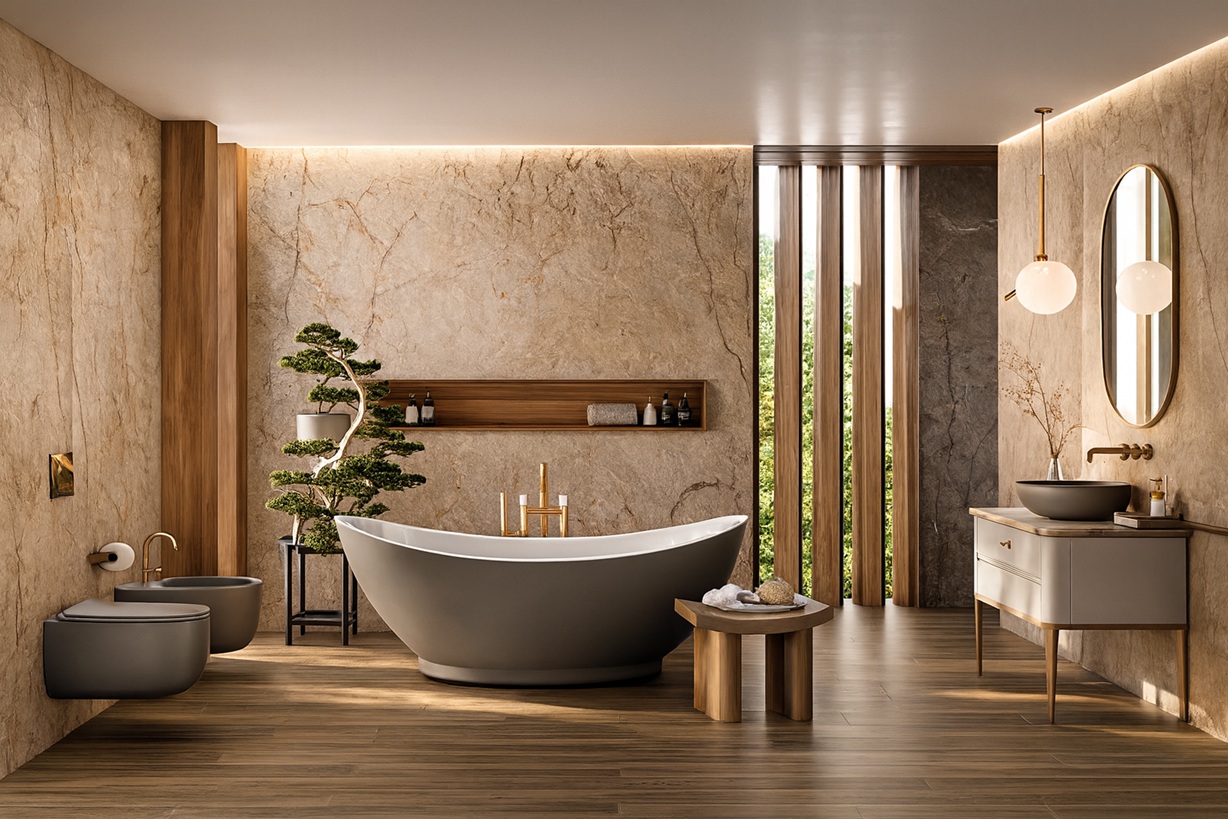
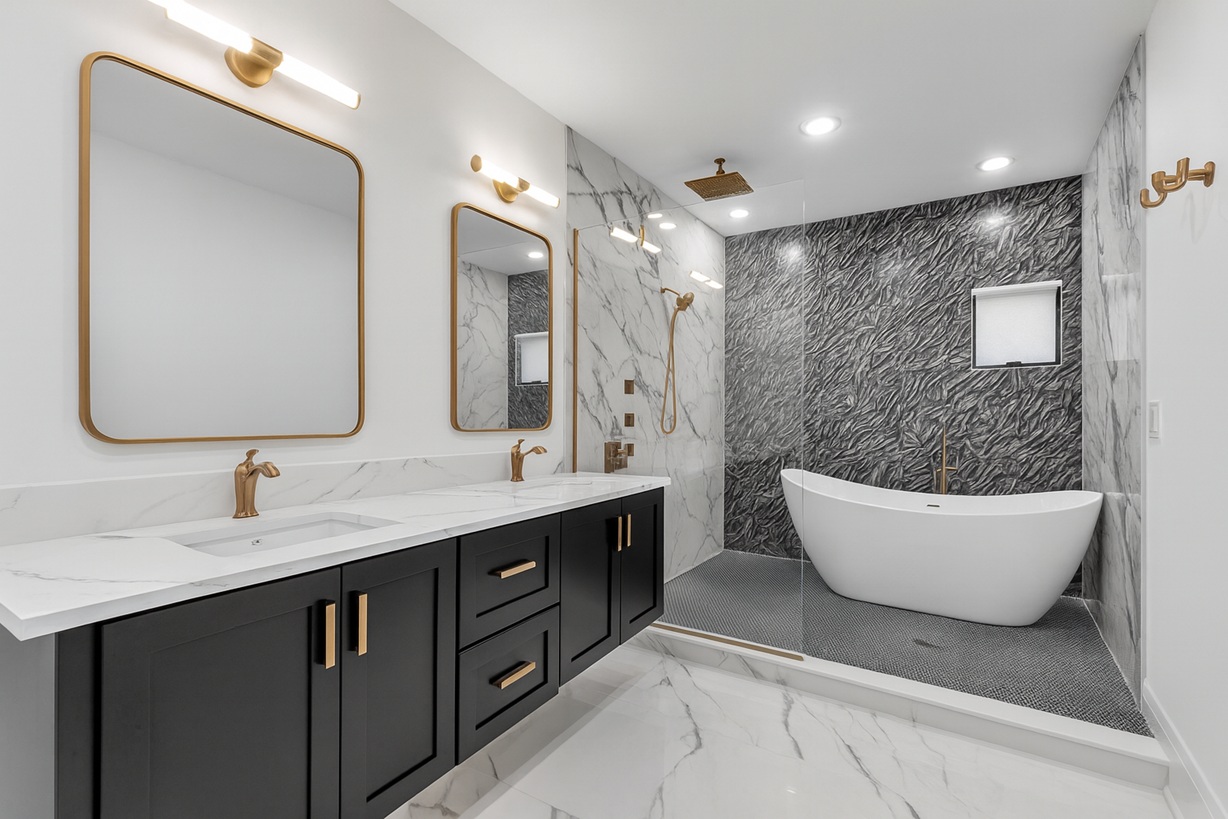
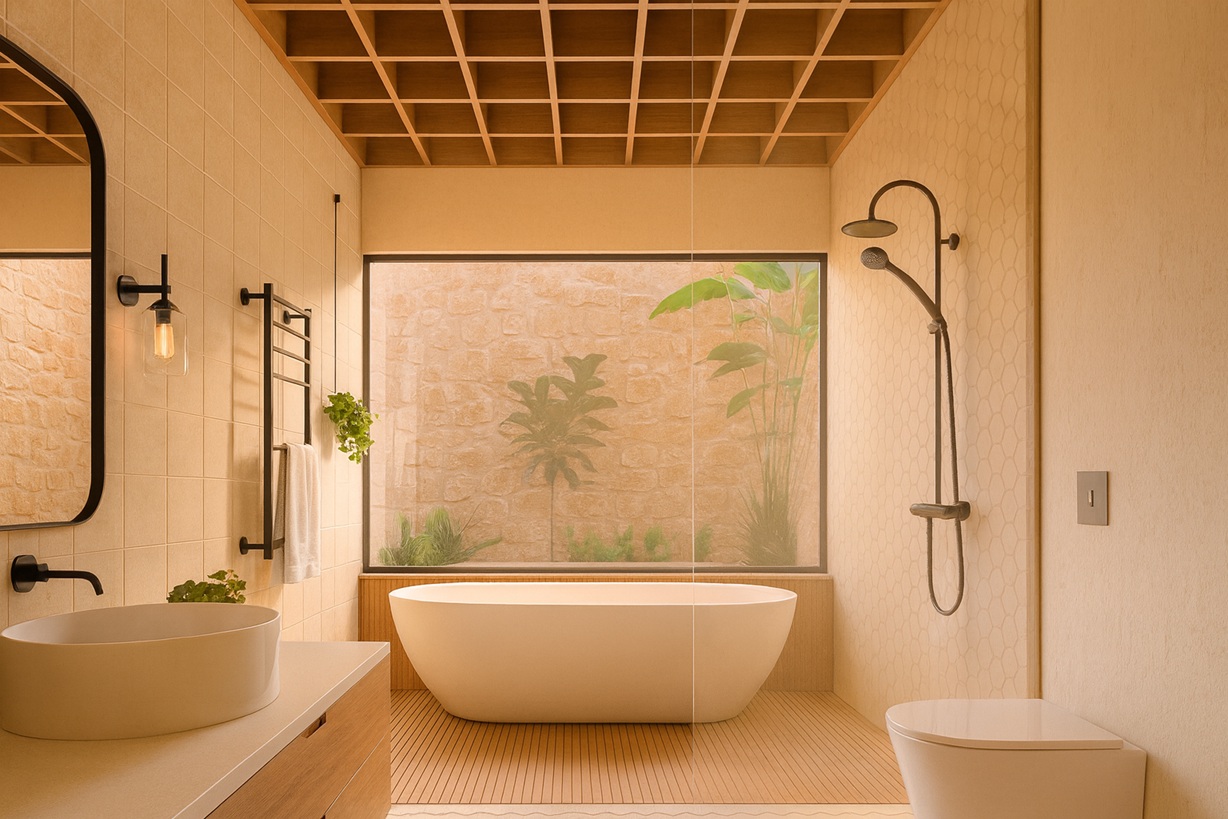
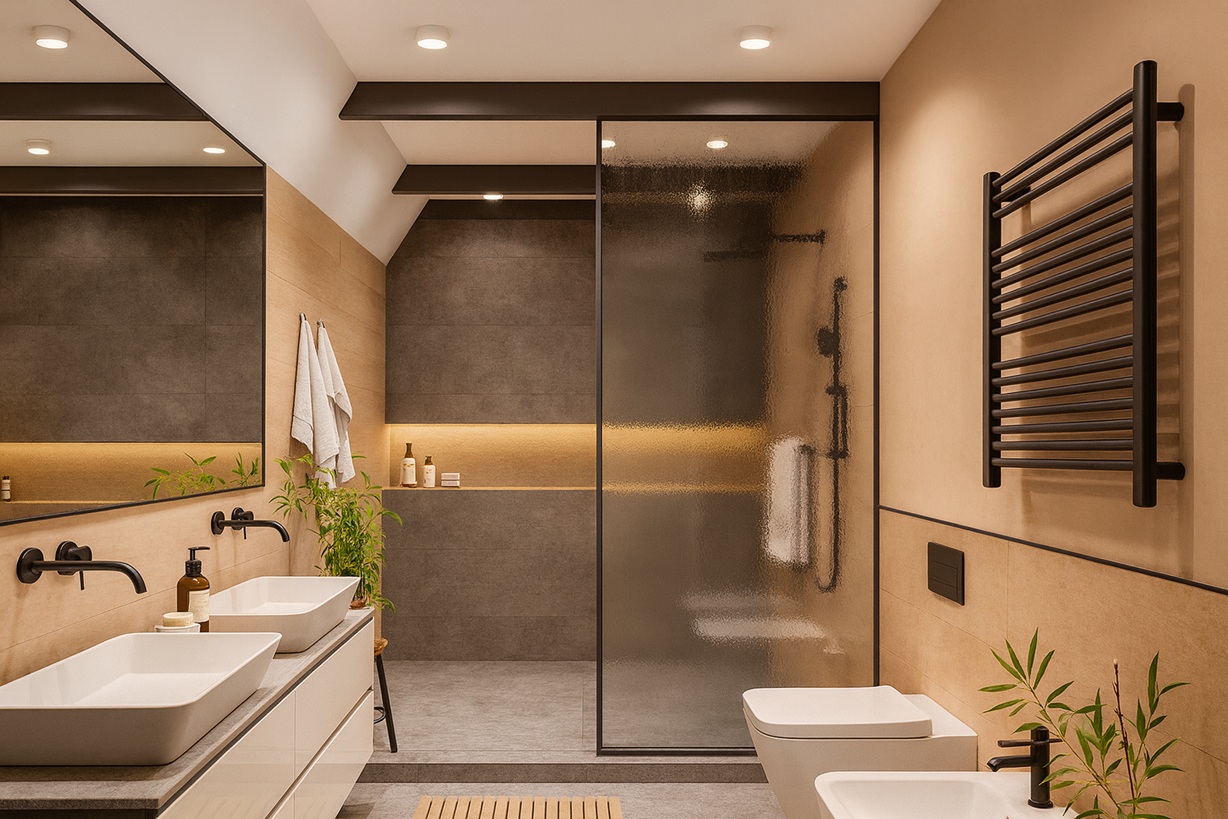

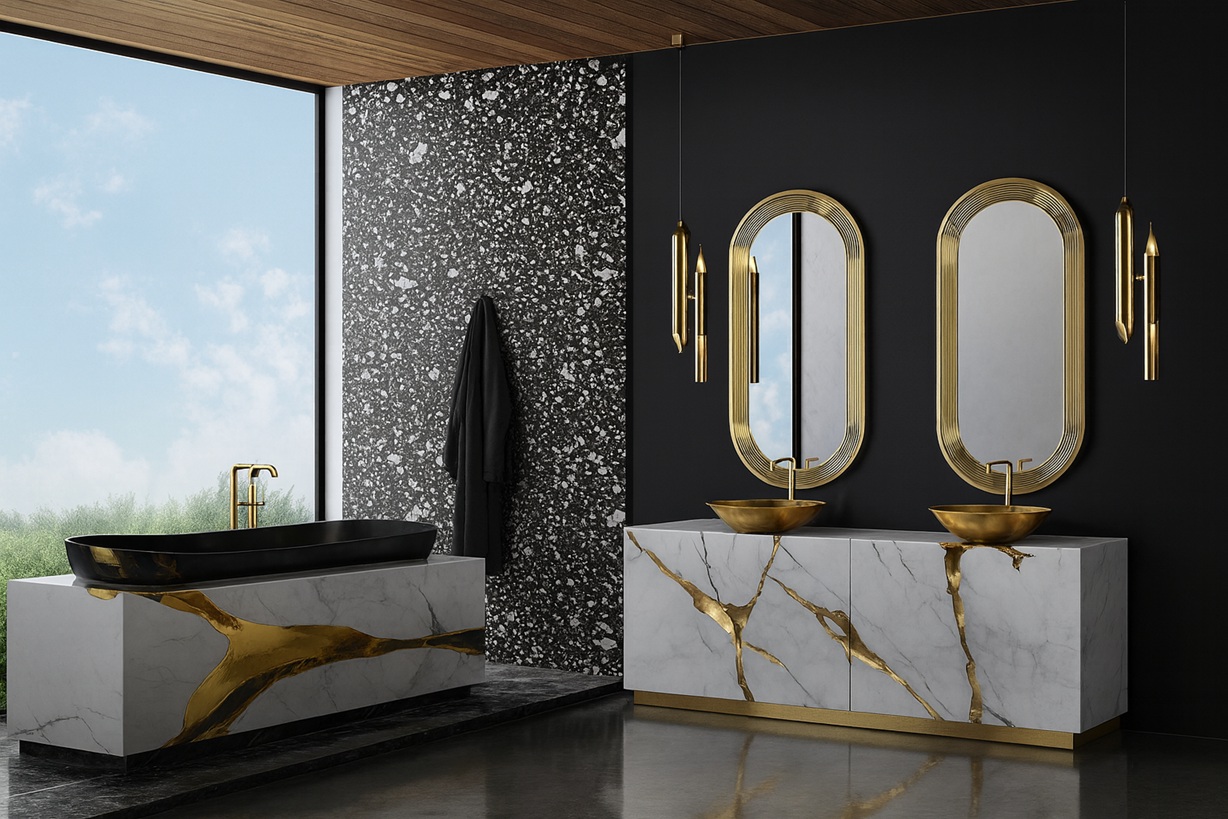
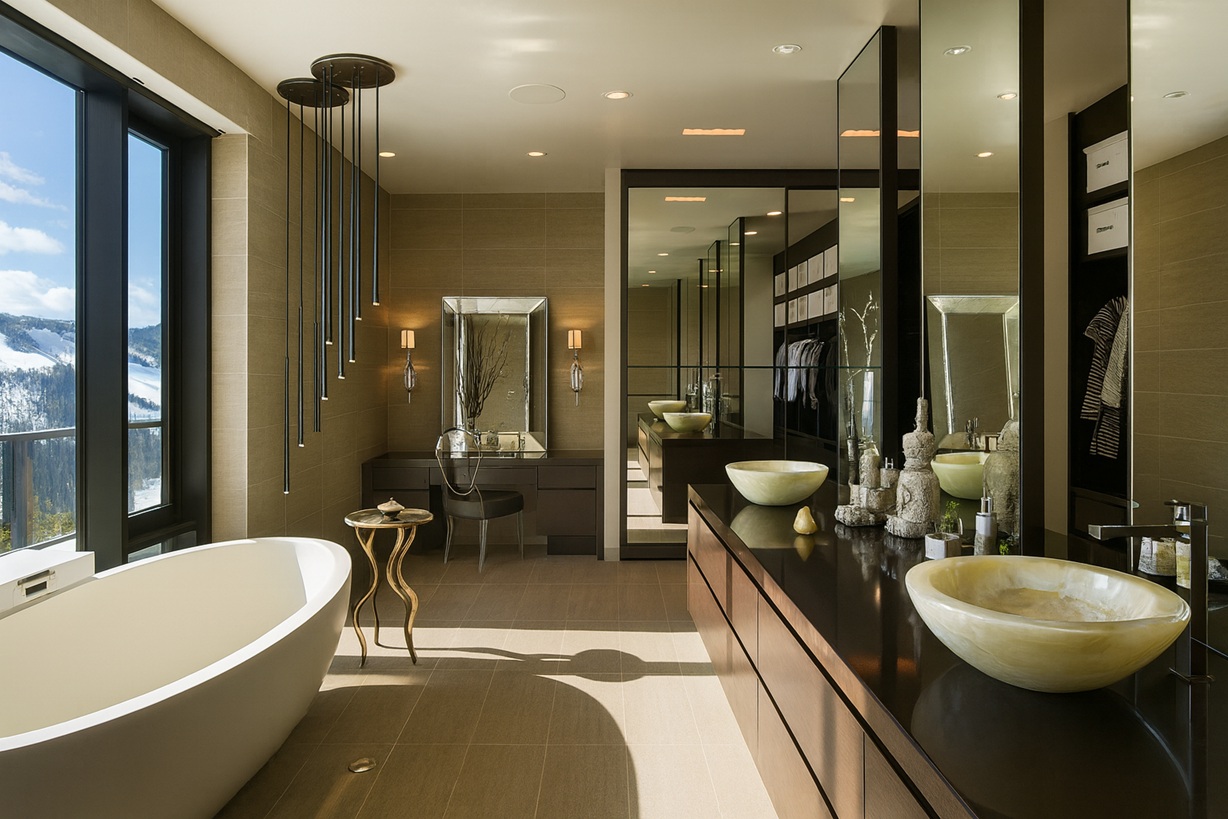

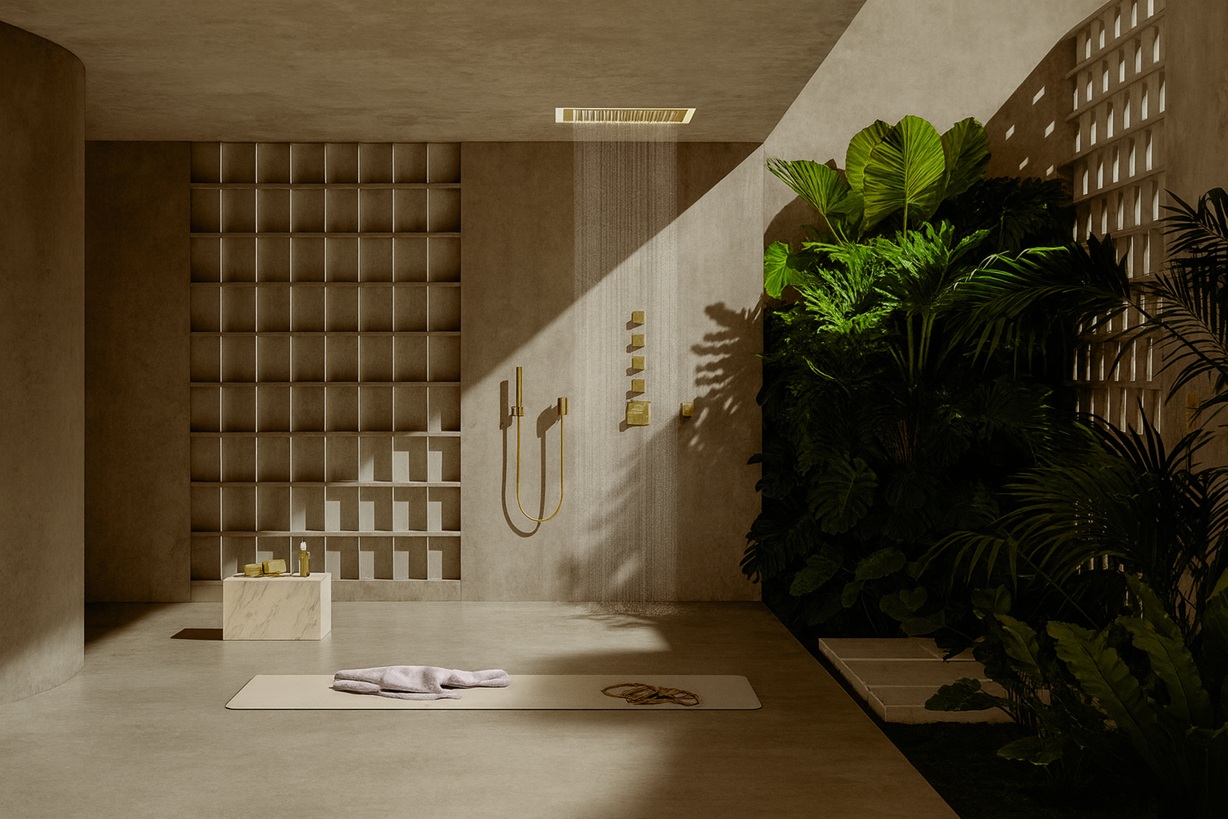
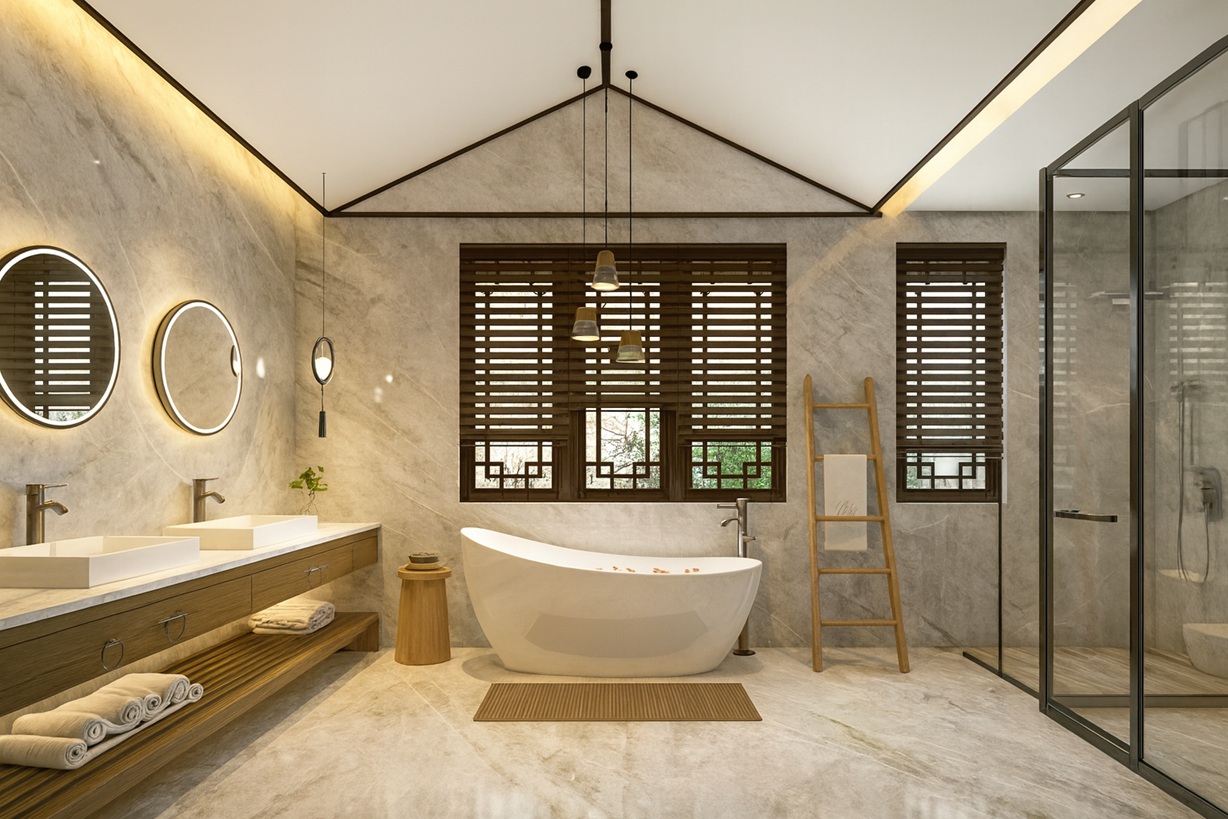
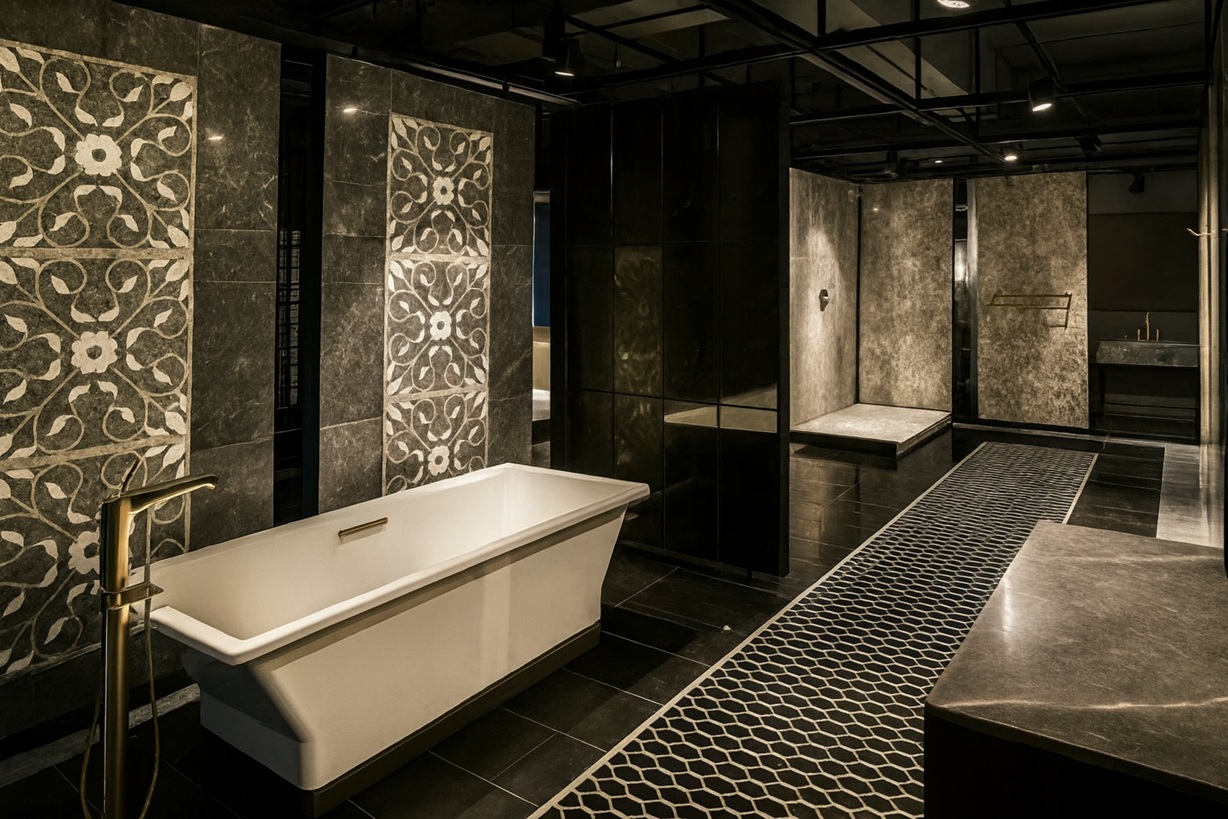
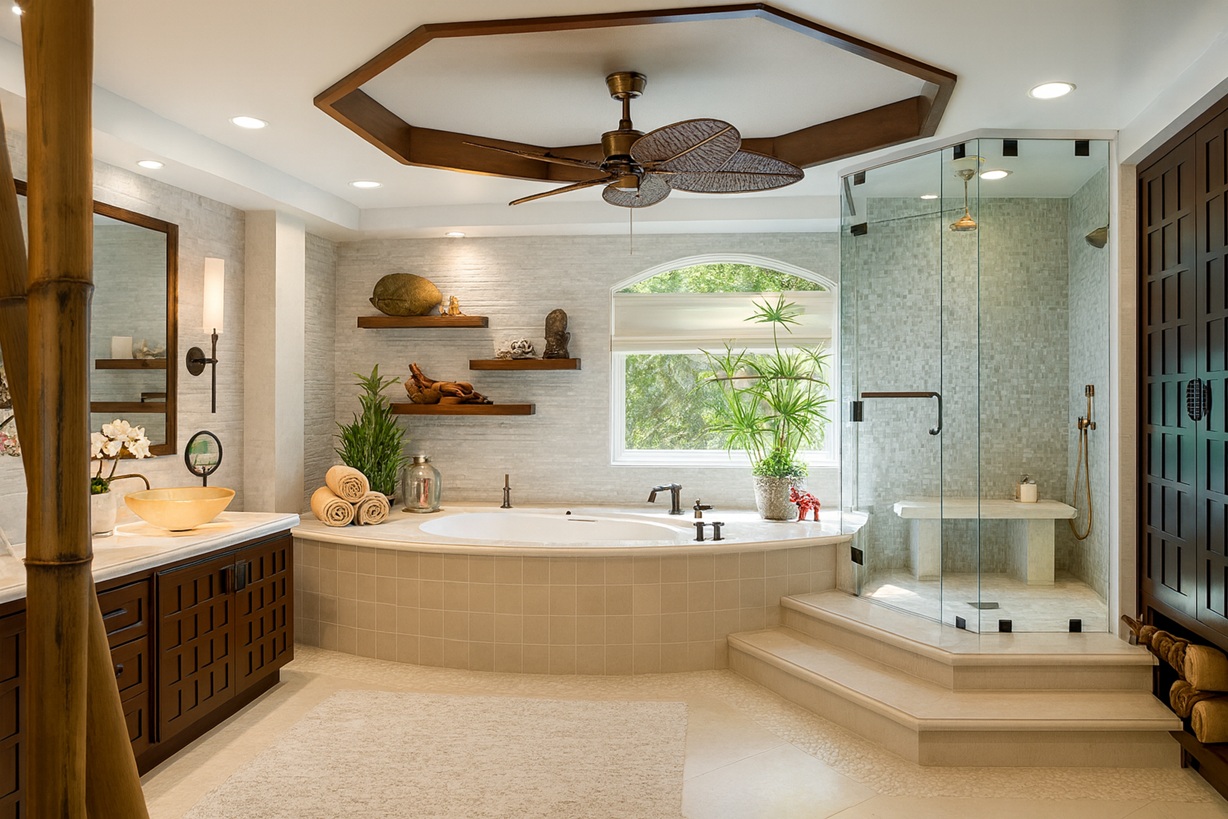
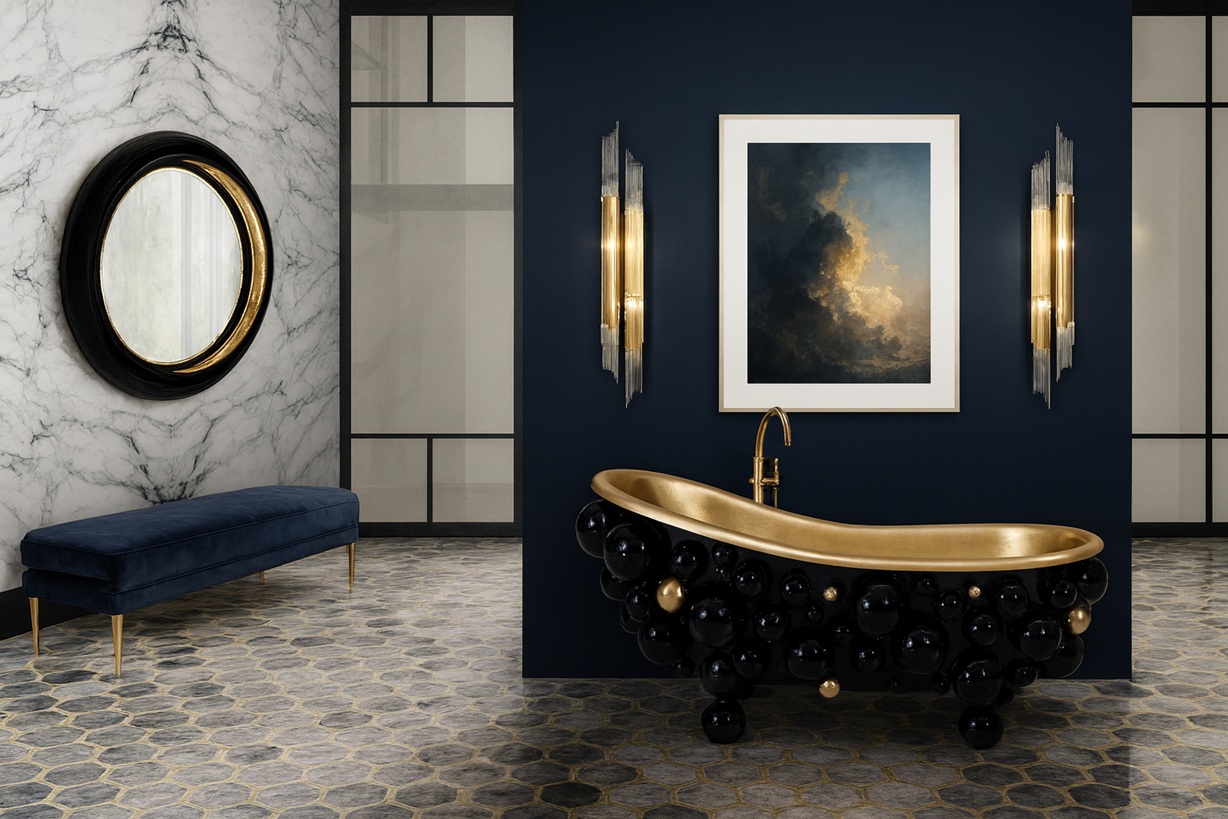
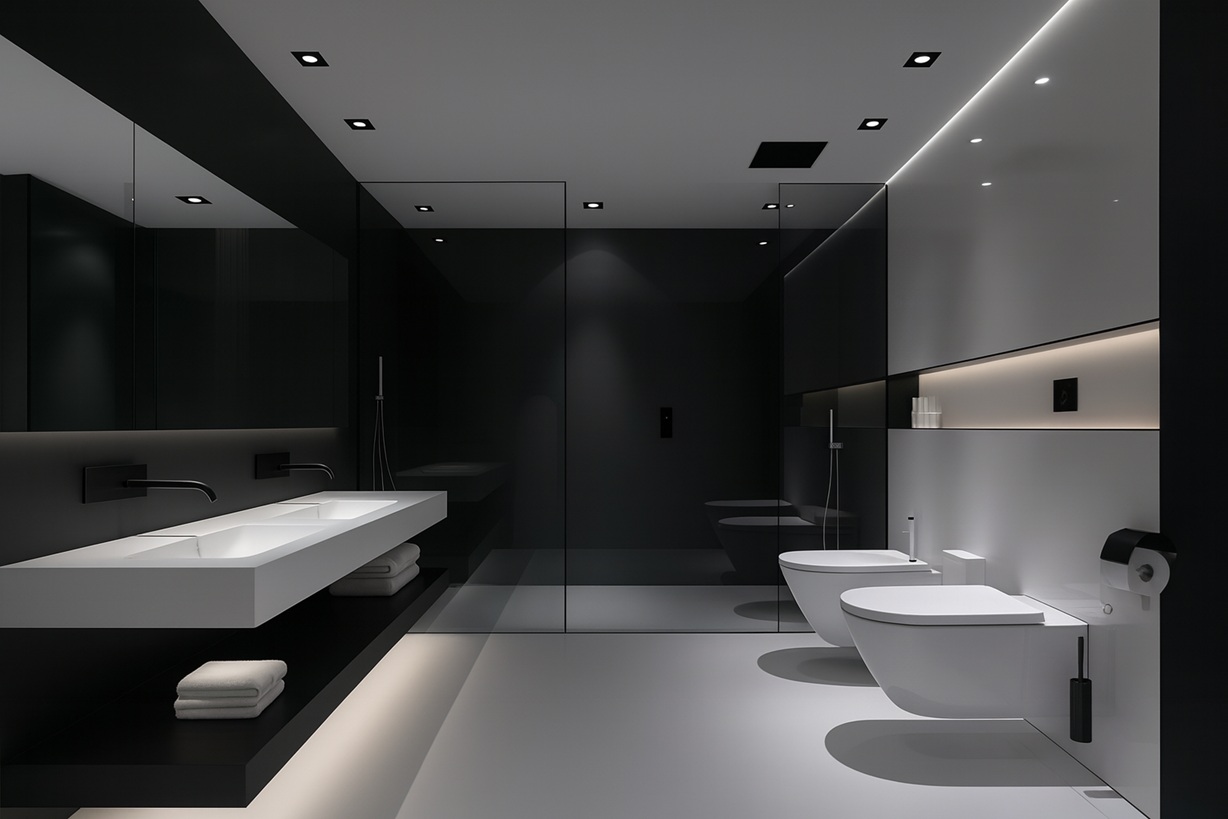
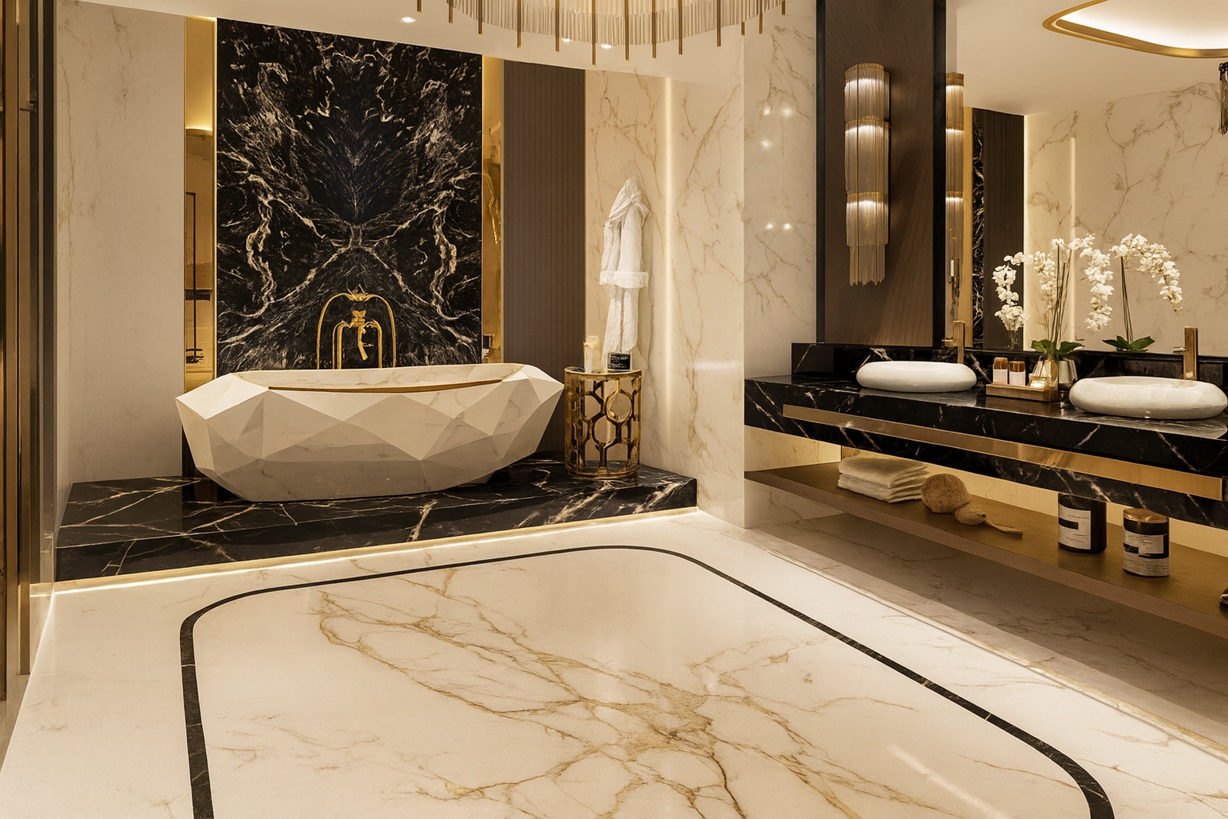
No responses yet